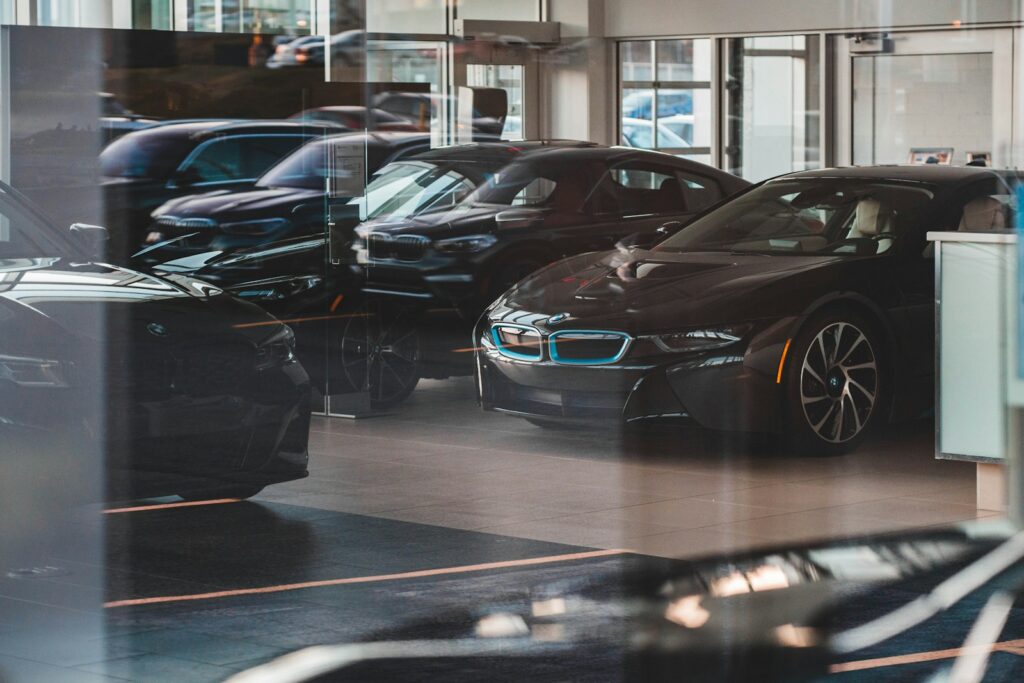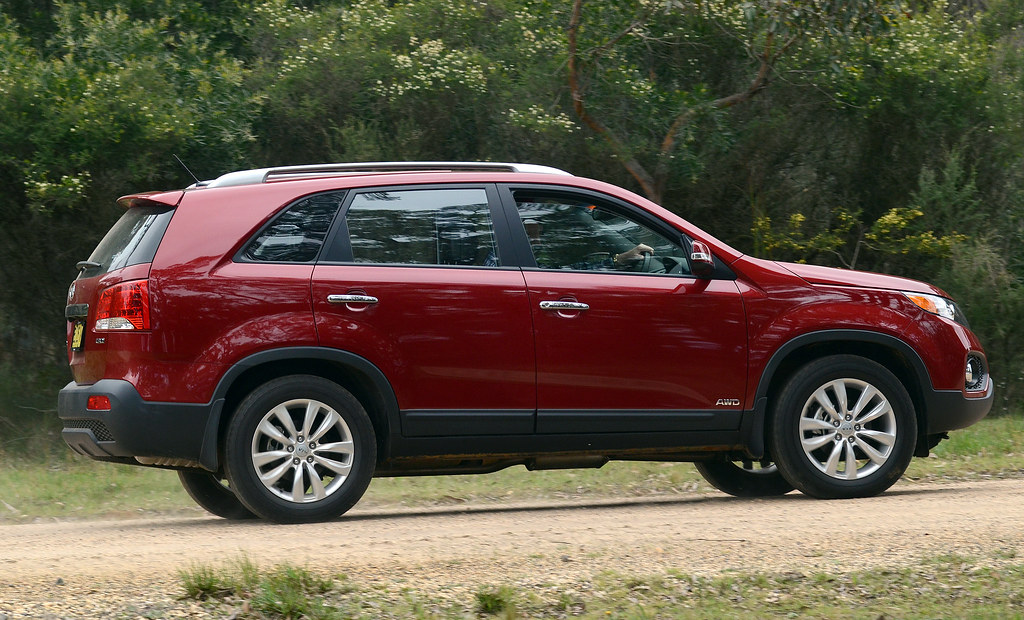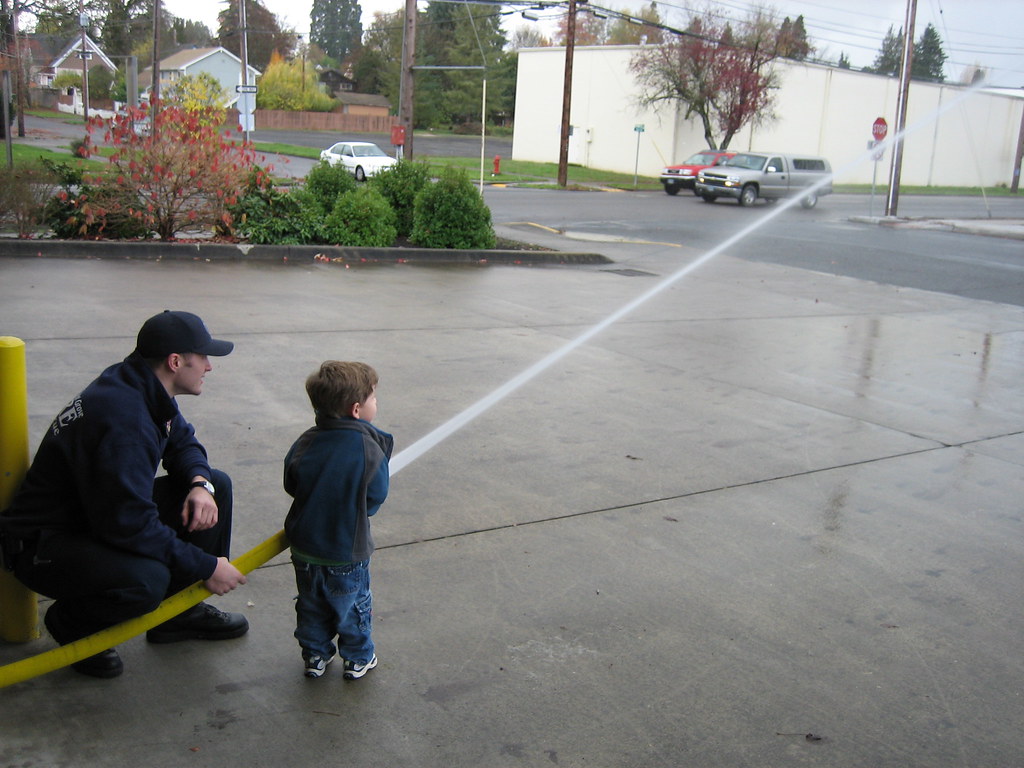
There’s nothing quite like the pride of a perfectly clean, glossy car. That feeling of cruising down the road with a brilliant, mirror-like finish is truly unmatched. Yet, for many car enthusiasts, this satisfaction is often quickly spoiled by the dreaded appearance of swirl marks. These aren’t just minor cosmetic issues; they’re tiny abrasions in your car’s clear coat, catching the light and creating a hazy, spiderweb-like appearance that dulls the finish and diminishes its overall value.
The good news is that these imperfections are not inevitable. Most swirl marks are, surprisingly, self-inflicted, stemming from common improper washing and drying techniques. We often believe we’ve perfected our wash routine, only to find that our efforts are inadvertently causing more harm than good. Understanding the true nature of these microscopic scratches and how they form is the critical first step toward preserving your vehicle’s pristine paintwork.
This in-depth guide aims to empower you with the knowledge and techniques used by professionals. We’ll walk you through a proven process to identify and prevent common car wash mistakes, ensuring you can enjoy a deep, scratch-free shine for years to come. By adopting a methodical and gentle approach, you can transform your car care routine and banish swirl marks forever.
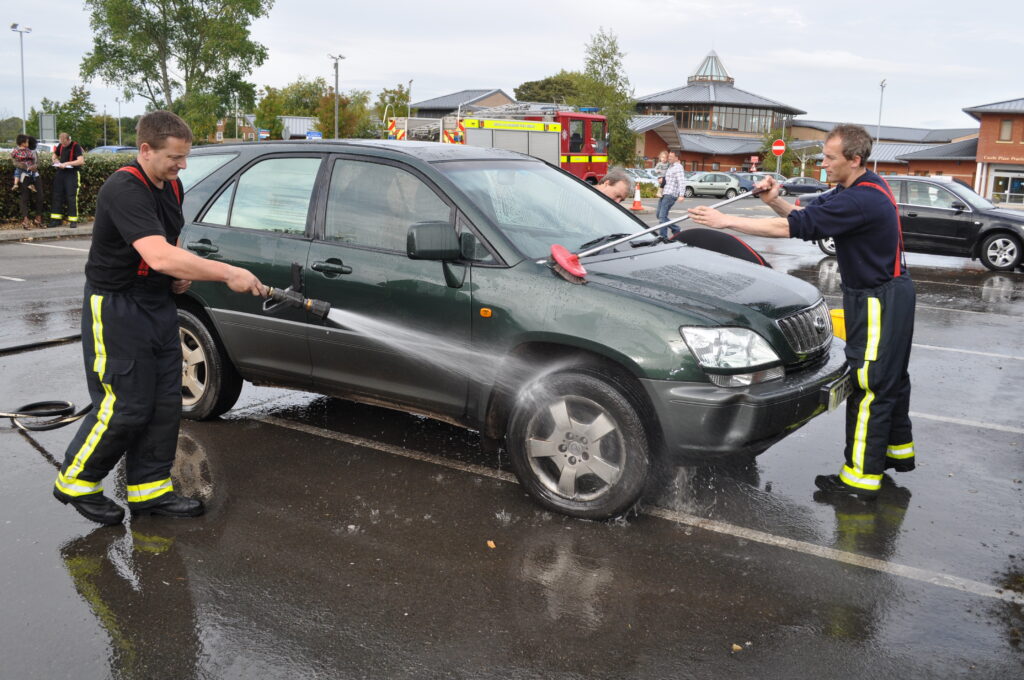
1. **Skipping the Pre-Rinse or Pre-Soak**One of the fastest ways to scratch your paint is to jump straight into contact washing without adequate preparation. Skipping the pre-rinse or pre-soak phase means you’re dragging loose dirt, grit, and grime directly across your car’s delicate paintwork. This friction acts like sandpaper, instigating countless microscopic abrasions that quickly manifest as visible swirl marks, particularly noticeable in direct sunlight.
Road grime, dust, and environmental contaminants cling stubbornly to the paint. Without a preliminary step to loosen and lift these particles, your wash mitt becomes a vehicle for scratching. It embeds dirt deeper into its fibers, transferring it back onto the paint with every swipe, effectively making your cleaning efforts counterproductive and damaging.
To combat this, a dedicated pre-soak or snow foam application is a game-changer. Products like “The Super Soaper” are designed to break down and encapsulate grime before physical contact. Coat the entire car in a thick layer of foam and allow it to dwell for 5-10 minutes. This foam actively pulls dirt off the surface, softening and lifting it, ready to be safely rinsed away.
After dwell time, thoroughly rinse the entire car with a strong stream of water. This initial rinse carries away loosened debris, dramatically reducing abrasive material your wash mitt will encounter. This methodical pre-wash protocol is a cornerstone of professional detailing, safeguarding your paint from preventable swirl marks by ensuring heavy dirt removal happens before any physical scrubbing.

2. **Using the Wrong Towel or Wash Mitt**Not all cleaning tools are created equal, a truth particularly evident when washing your car’s paint. A common and significant mistake is using cheap, rough, or inappropriate wash mitts and towels for the contact wash. These inferior materials can create extensive micro-marring and swirls, especially on softer paint finishes susceptible to friction damage.
Traditional sponges, old household towels, or low-quality wash mitts often trap dirt and grit against the paint rather than lifting it away. As you move these tools across the car, any trapped debris acts as an abrasive, grinding against the clear coat. If these tools aren’t impeccably clean, they carry abrasive particles from previous washes, compounding the risk of damage with every pass.
The solution lies in investing in high-quality wash media specifically designed for automotive use. A “high-quality microfiber or lambswool wash mitt” is your best ally. These materials are engineered with deep piles that effectively lift and trap dirt particles within their fibers, away from the paint surface. This design dramatically reduces friction and the dragging effect that causes swirl marks.
Consider the “Orange Wash Microfiber” for your contact wash. It is described as “plush, edgeless, and designed to trap dirt away from your paint.” The softness and specialized construction ensure a gentle yet effective cleaning action, minimizing the risk of introducing new imperfections. This simple switch in tools significantly elevates your car’s appearance and provides lasting protection against frustrating swirl marks.
Read more about: More Than Just a Number: Unpacking the Enduring Allure of The Hitchhiker’s Guide to the Galaxy in the Streaming Age
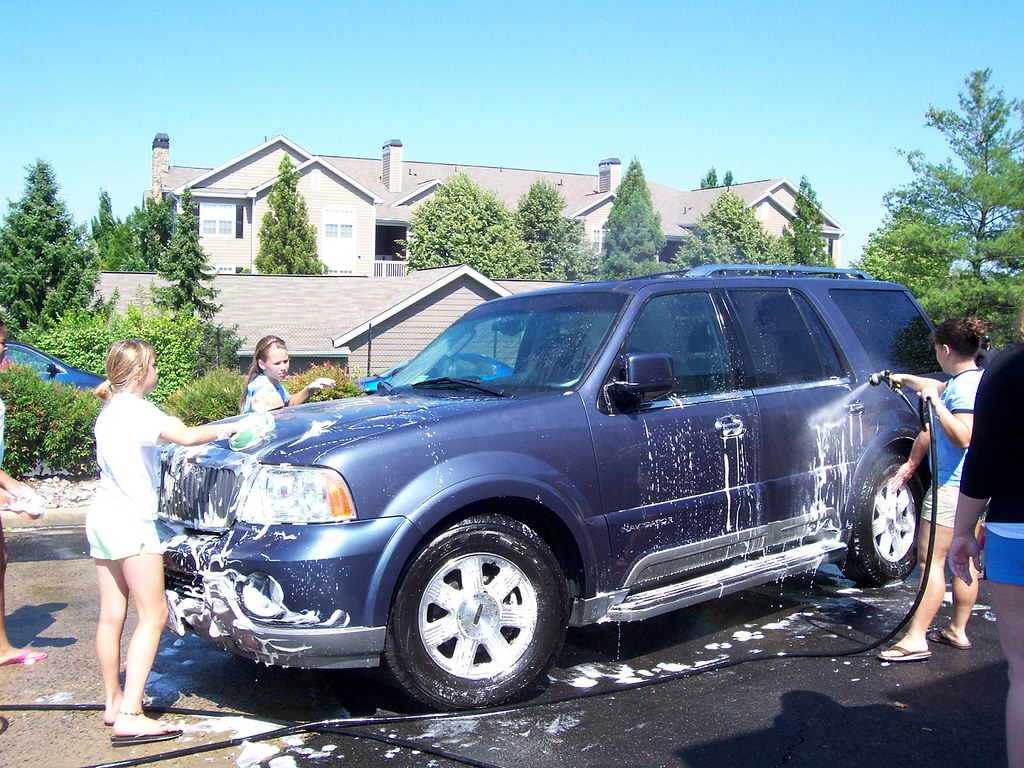
3. **Washing in Direct Sunlight**Washing your car under the bright, warm glow of direct sunlight is a classic mistake that can wreak havoc on your paint. The sun’s heat causes soap and water to dry out much too quickly on the surface, leaving behind unsightly water spots and streaks. This rapid drying significantly increases the risk of swirl marks beyond just cosmetic blemishes.
When soap and water dry prematurely, they leave concentrated mineral deposits and dried soap residue. These residues become much harder to rinse away effectively. As you attempt to clean or rinse a section where soap has already dried, you’re forced to apply more pressure. This can drag softened grime across a partially dry surface, increasing friction and contributing to swirl mark formation.
Furthermore, the heat itself can make your paint more pliable and susceptible to scratching. Rapid drying also means contaminants don’t have enough dwell time to be fully suspended by the soap. They remain on the surface, ready to be dragged around by your wash mitt. You might even find these spots as stubborn as a three-year-old refusing veggies!
To avoid this blunder, always wash your car in a shaded area. If direct sunlight is unavoidable, work extremely fast and in small sections. Keep the car cool with frequent, liberal rinses. The goal is to prevent any soap or water from drying on the paint before it can be thoroughly rinsed. This adjustment helps prevent streaking and ensures cleaning agents work safely, lifting dirt without leaving damage.
Read more about: Unlock the Secrets: 15 Essential Ways to Keep Your Luxury Car Looking Showroom New
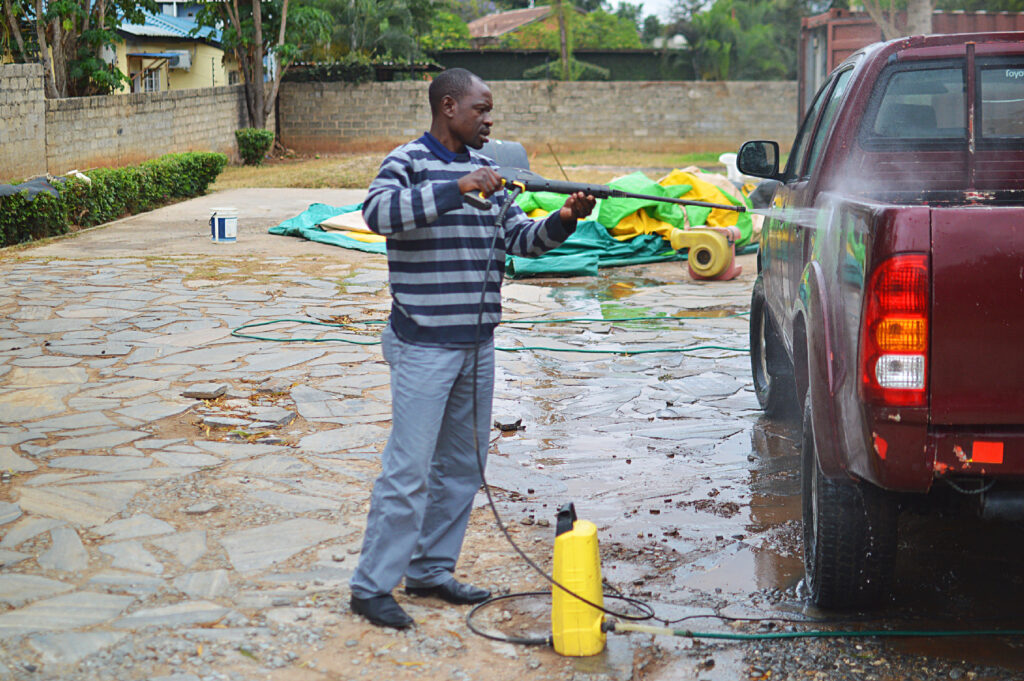
4. **Not Drying Properly (or At All)**Many car owners dedicate careful attention to washing, only to falter during drying, unknowingly introducing fresh swirl marks. This stage is, in fact, “where a majority of swirl marks and light car scratches are introduced.” Believing air drying is safe, or using an improper towel, are common pitfalls. Air drying leaves minerals and water spots as water evaporates, potentially etching into your clear coat, undoing all previous careful wash work.
Proper drying is crucial. When water evaporates, it leaves mineral deposits that harden, becoming difficult to remove without inducing more friction. Even worse is using a “rough towel,” which drags these deposits and any remaining microscopic dirt across the paint. This directly causes fresh swirl marks and light scratches, sabotaging your diligence in achieving a pristine finish.
For a streak-free and swirl-free finish, selecting the right drying tools and techniques is paramount. A large, plush microfiber drying towel is your absolute best friend. These towels are “incredibly soft and absorbent,” designed to “lift the water without dragging dirt across the paint.” Rather than aggressively rubbing, employ the “pat-dry method”: lay the towel flat on a panel and gently pat it to absorb water, minimizing friction.
For the ultimate touchless drying, a car air blower is an excellent investment. This specialized tool “completely eliminates the need for a towel, reducing all friction and the risk of scratches.” It’s “the safest and fastest way to dry your car,” guaranteeing a scratch-free finish by simply blowing water off the surface. Combining a high-quality microfiber towel with an air blower offers comprehensive defense against drying-induced swirl marks.
Read more about: Let’s Be Honest: What Happened to These 16 Once-Popular U.S. Foods That Vanished From Our Tables?
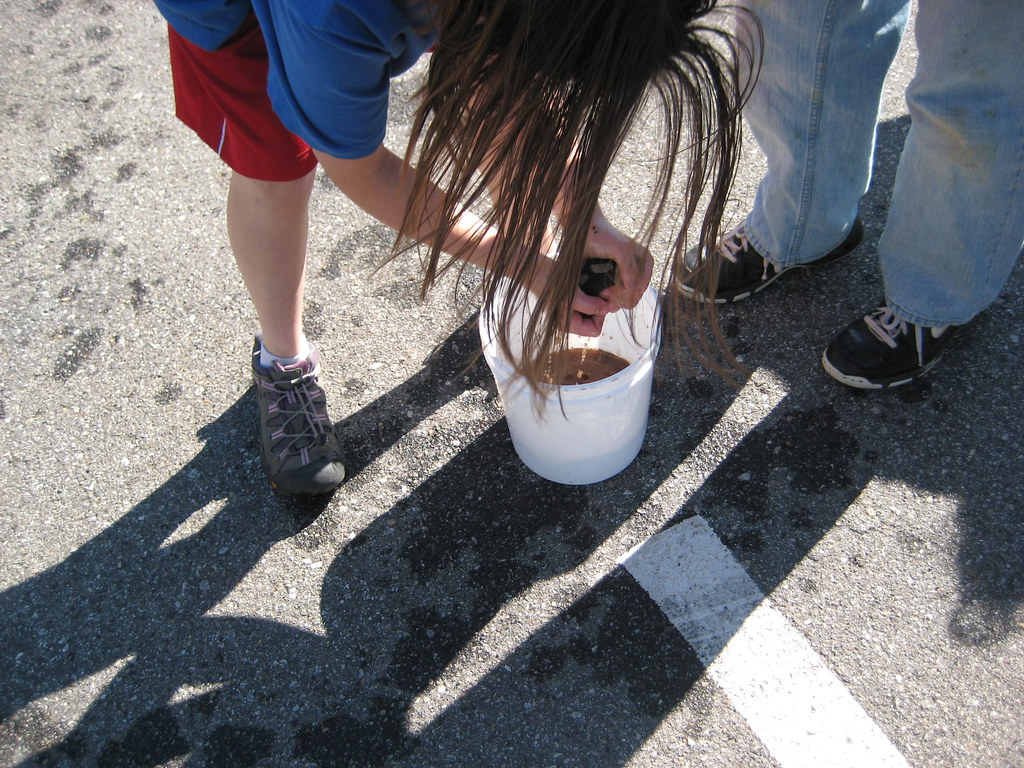
5. **Reusing Dirty Buckets**The seemingly innocent act of reusing dirty wash buckets is a significant yet often overlooked mistake. Every time you dip your wash mitt into a bucket already filled with dirt and grime from previous rinses, you are “recycling grit right back onto the paint.” This means you’re picking up abrasive particles and reintroducing them to your car’s delicate finish, effectively negating your careful cleaning efforts and causing swirl marks.
To properly address this, the “two-bucket method setup” remains “the cornerstone of any safe car wash.” This technique involves using one bucket for clean, soapy water and a second, separate bucket for plain, clean rinse water. The critical element often missed is that “each bucket should have a grit guard at the bottom to trap dirt and debris.” These simple inserts prevent grit from being stirred back up into the wash water, ensuring your mitt remains as clean as possible.
The process is straightforward: after washing a small section of your car, thoroughly rinse your mitt in the clean water bucket, rubbing it against the grit guard to dislodge any trapped dirt. Only then should you dip it back into the soapy water bucket to reload with fresh suds. This systematic approach dramatically reduces the risk of transferring abrasive contaminants back onto your paintwork, minimizing the creation of swirl marks.
While foam cannons and pre-soaks offer excellent initial cleaning, the two-bucket method, when executed correctly with grit guards, provides an essential layer of defense during the physical contact wash. It ensures that the tools used to clean your car are as free of damaging particles as possible, preventing you from inadvertently sabotaging your efforts. Always start with clean buckets and consider a grit guard an indispensable part of your detailing arsenal.
Read more about: The Controversial Laws Forbidding At-Home Car Washes: A Comprehensive Consumer Reports Guide
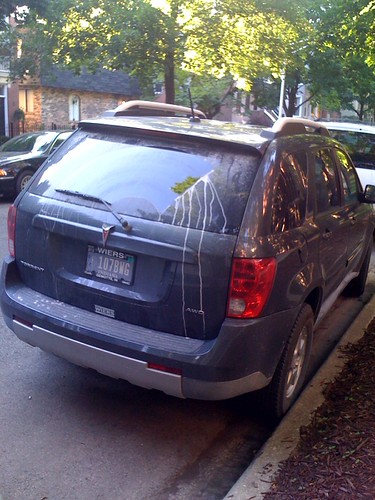
6. **Reusing Dirty Wash Mitts/Towels (for washing)**Beyond dirty buckets, the wash mitt or towel you use for scrubbing can be an even more direct culprit in causing swirl marks if not properly maintained. “Dirty wash buckets and towels recycle grit right back onto the paint,” but a dirty mitt means you are actively scrubbing abrasive particles into your clear coat with every motion. This mistake can instantly undo any meticulous preparation, leaving behind fine scratches and dulling your vehicle’s shine.
Even a “slightly dirty sponge or towel” can be the downfall of a swirl-free finish. Imagine the tiny particles of dirt and grit that cling to the fibers from one section of the car, or worse, from a previous wash. Each time you reuse this contaminated tool, these “tiny particles” are “transferred to your paint,” acting as miniature abrasives as you attempt to clean. This creates an endless cycle of damage, where the very act of washing causes the imperfections you’re trying to avoid.
This emphasizes the importance of always starting with “clean tools for every car wash.” Your wash media should be pristine before it touches your car’s paint. For the contact wash, a “high-quality microfiber or lambswool wash mitt” is recommended because “these materials lift and trap dirt away from the paint surface.” This design minimizes the chance of dirt being dragged across the finish, instead isolating it within the mitt’s deep fibers.
Furthermore, if employing the two-bucket method, frequent rinsing of your mitt in the clean water bucket is paramount to release any trapped dirt. Never proceed to a new section of the car without ensuring your mitt is thoroughly rinsed and as free of contaminants as possible. By prioritizing impeccably clean wash media and replacing worn-out items, you build a robust defense against self-inflicted swirl marks, allowing your car’s true luster to shine through.
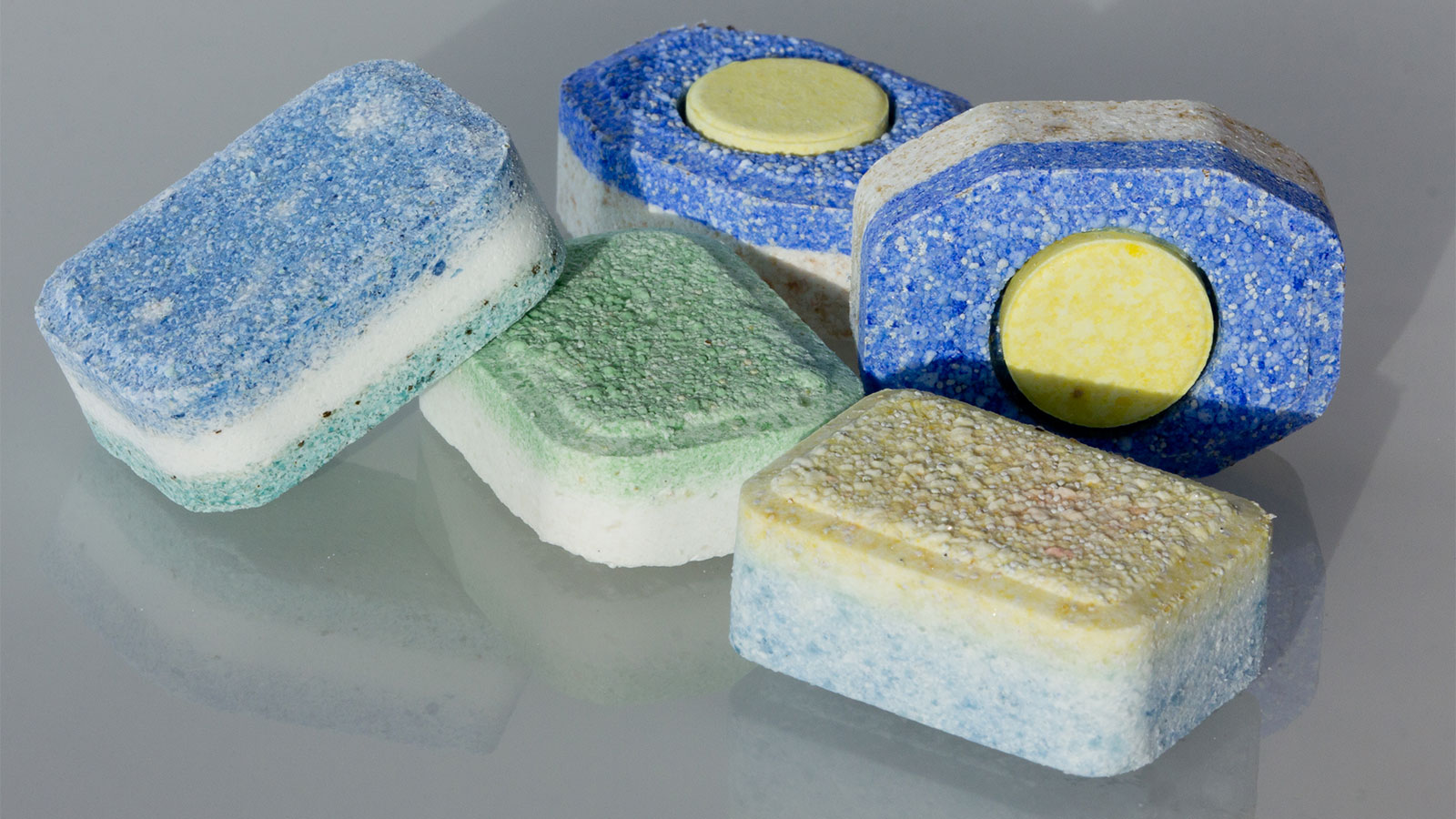
7. **Using Household Products (like dish soap)**One of the most enduring myths in car care, and a significant mistake, is the belief that common household products like dish soap are suitable for washing your vehicle. This couldn’t be further from the truth. “Dish soap and other household cleaners are not formulated for car paint,” and using them leads to a cascade of problems, primarily increased susceptibility to swirl marks and a dull, unprotected finish.
The primary issue with household detergents is their harsh chemical composition. Unlike specialized car shampoos, they are designed to aggressively strip grease and grime, not to preserve delicate paint finishes. This means they will effectively “strip away protective waxes” and sealants that act as a sacrificial barrier on your car’s clear coat. This protective layer is crucial because it helps dirt from sticking and provides a temporary but effective defense against minor abrasions.
Without this vital wax or sealant layer, your car’s clear coat is left exposed and vulnerable. Dirt, dust, and environmental contaminants adhere more readily to the unprotected surface, increasing the potential for friction-induced damage during subsequent washes. The lack of lubricity in dish soap further exacerbates this problem, as it doesn’t provide the slickness needed for a wash mitt to glide smoothly over the paint, making scratching more likely.
The correct approach is to always use a “pH-neutral shampoo” specifically formulated for car washing. These specialized formulas are effective at cleaning dirt and grime “without stripping protection,” ensuring your car’s wax or sealant layer remains intact. As the context states, “A shampoo with a balanced pH won’t strip away the protective wax layer on your car, which helps prevent those dreaded swirl marks.” Investing in a quality car shampoo is a small price for preserving your vehicle’s paint.
Having covered the foundational mistakes, we now delve into more nuanced yet equally damaging habits and environmental factors that lead to frustrating swirl marks. It’s easy to focus solely on the act of washing, but a truly legendary defense against paint imperfections requires a holistic approach. This includes everything from your washing environment to techniques and ongoing protection. Let’s continue our journey to a flawless finish, ensuring every detail of your car care routine works *for* your paint, not against it.
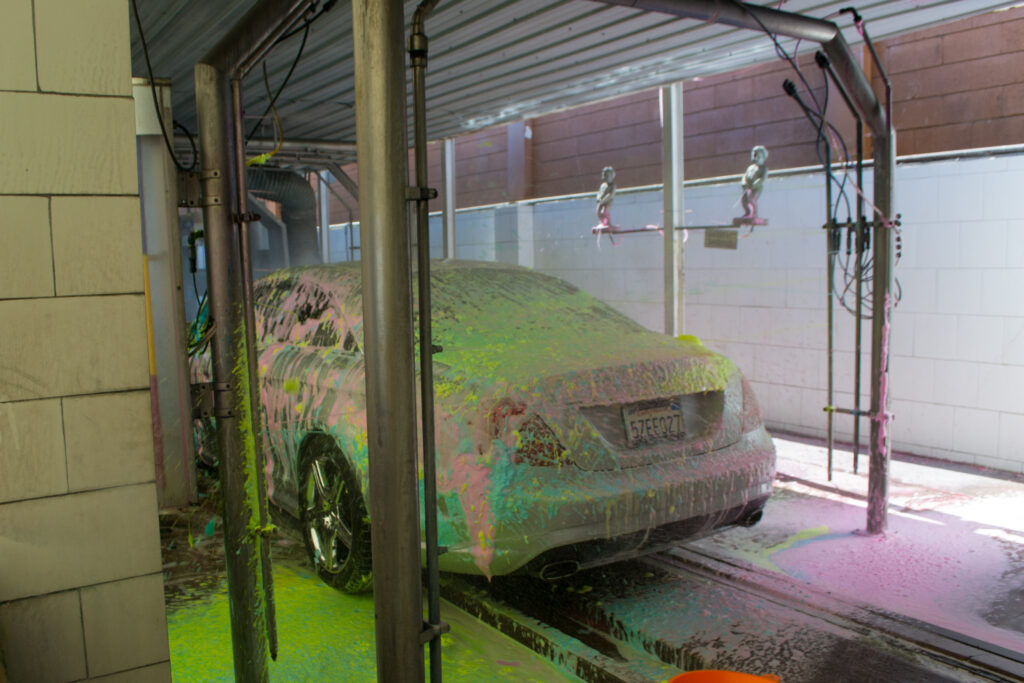
8. **Relying on Automatic Car Washes**The allure of an automatic car wash is undeniable—quick, convenient, and seemingly spotless. However, this convenience often comes at a steep cost to your car’s delicate paintwork. Many owners don’t realize these automated systems are “notoriously bad for paint,” serving as a primary source of unwanted “car scratches” and swirl marks.
The core issue lies in the shared nature of the equipment. Rotating brushes collect dirt, grit, and grime from countless vehicles throughout the day. Abrasive particles get embedded into the brush material, and when these brushes contact your car, they act like fine sandpaper. They drag contaminants across your clear coat, creating micro-scratches that become painfully visible as swirl marks in direct sunlight.
While “modern car washes have several safeguards in place,” employing advanced detergents and water filtration, the fundamental risk remains. There’s no guarantee the brushes were perfectly clean, nor that the system is meticulously maintained. This lack of control is precisely why detailing professionals often flag automatic washes as a potential source of damage.
To safeguard your paint, limit automatic washes with physical brushes. If unavoidable, opt for “touchless car washes” which rely on high-pressure water and solutions rather than friction. While touchless still require proper drying, they significantly reduce brush-induced swirl marks. For consistent protection, nothing beats a careful hand wash paired with “regular waxing” or quality protective products.
Read more about: Unlock the Secrets: 15 Essential Ways to Keep Your Luxury Car Looking Showroom New
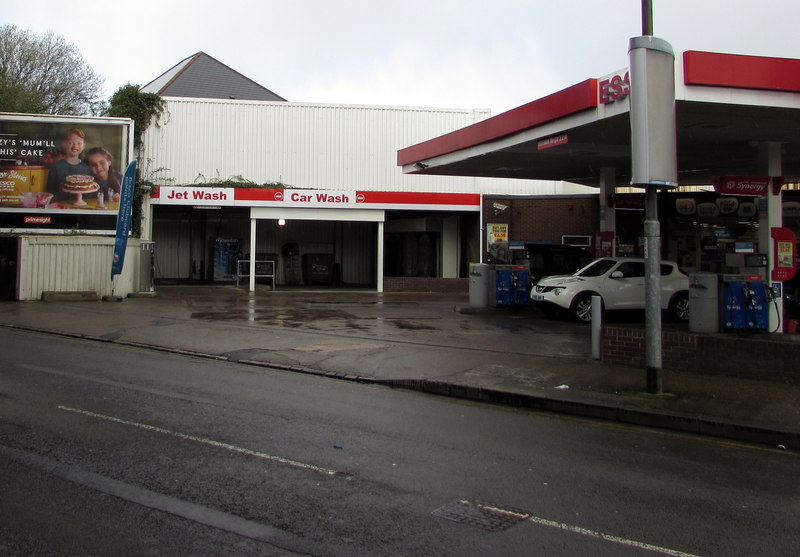
9. **Dry Wiping Dust or Dirt from the Surface**We’ve all been there: a light layer of dust settles, and the impulse to quickly wipe it away with a dry cloth is strong. Resist this urge! This seemingly innocent action is, in fact, “the fastest way to create deep car scratches” and can instantly undo hours of careful detailing. Dry wiping is a “guaranteed way to inflict new car scratches” because it turns even the finest dust particles into abrasive agents.
When you wipe a dry cloth across a dusty surface, microscopic particles don’t just disappear. Instead, they are dragged across your clear coat, acting like tiny pieces of sandpaper. Without the lubrication of soap and water, these particles cannot be lifted away safely. This friction creates countless shallow scratches that, when clustered, form the hazy, spiderweb appearance of swirl marks.
The lack of proper lubrication is critical. A pH-neutral car shampoo provides slickness, suspending dirt particles away from the surface. In contrast, dry wiping offers zero protection. It’s a direct confrontation between abrasive dirt and your car’s delicate finish, with your paint always losing. Even a soft microfiber towel, used dry on a dusty surface, can cause damage.
To avoid this damaging mistake, “Never wipe a dusty or dirty car with a dry cloth.” For light dust, a thorough rinse followed by a gentle pat dry with a plush microfiber towel is far safer. If a quick touch-up is needed, use a “quick detailer spray.” These products provide the necessary lubrication to safely wipe away minor dust without introducing new swirl marks.
Read more about: Unlock the Secrets: 15 Essential Ways to Keep Your Luxury Car Looking Showroom New
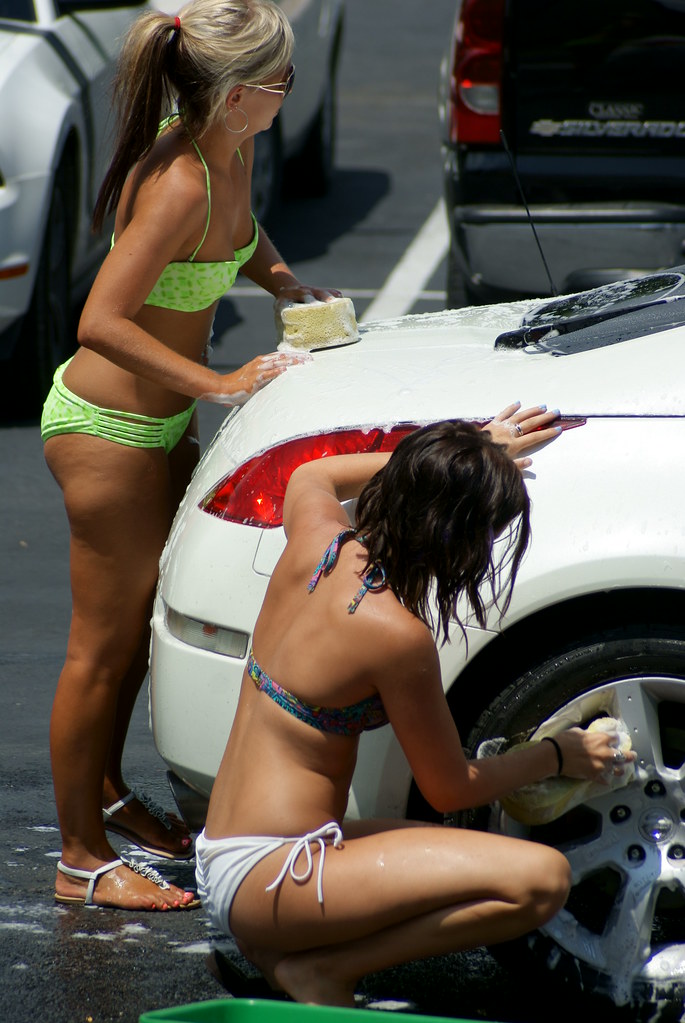
10. **Ignoring Environmental Contaminants (Bird Droppings, Tree Sap)**Beyond washing, your car is constantly exposed to environmental elements that inflict severe damage. Among the most corrosive are “bird droppings, tree sap, and road grime.” Many owners underestimate their destructive potential, leaving them on the surface too long. This leads to permanent etching and increased susceptibility to swirl marks during removal.
Bird droppings are highly acidic and can etch into your clear coat almost immediately, especially in warm weather. Tree sap is sticky and difficult to remove, often requiring aggressive methods if left to harden. Similarly, industrial fallout and “road grime” contain metallic particles that bond to the paint. These contaminants actively degrade your car’s finish, weakening its protective layers.
The longer these substances remain, the deeper they penetrate. When you finally attempt removal, it’s a challenging task. Aggressive scrubbing, excessive pressure, or inappropriate cleaning agents can easily lead to “car scratches” and swirl marks. The damage is twofold: the contaminant harms the paint, and improper removal adds further imperfections.
The solution is prompt and careful action. “Environmental Factors: Bird droppings, tree sap, and road grime can etch into the clear coat if not removed quickly and safely.” Always inspect your car regularly. When you spot these invaders, address them immediately with a dedicated cleaner or mild, pH-neutral car shampoo and a soft microfiber towel. Allow the product to dwell to break down the contaminant before gently wiping it away. Swift, gentle, and lubricated removal is your best defense against both etching and potential swirl marks.

11. **Using a One-Bucket Washing Method (Without Grit Guards)**While clean mitts and buckets were mentioned earlier, the underlying mistake of employing a “one-bucket method” without proper safeguards deserves its own spotlight. This approach, often born of habit, is a prime offender in creating swirl marks. It’s a classic example of “improper hand washing practices” that are “shown to be far more damaging to vehicle exteriors than most car owners realize.”
In a single-bucket wash, all the dirt, grit, and grime rinsed off your car mixes directly into your soapy water. Every time you re-dip your wash mitt into this contaminated solution, you’re reloading it with abrasive particles. These particles are then transferred straight back onto your car’s paintwork, where they are dragged across the surface with every scrub. This creates a relentless cycle of self-inflicted damage, systematically covering your car in microscopic scratches.
The “two-bucket method” is rightly hailed as “the cornerstone of any safe car wash” because it breaks this cycle. One bucket holds clean, soapy water, while the second contains plain rinse water. The magic truly happens when “each bucket should have a grit guard at the bottom to trap dirt and debris.” These simple inserts act as a barrier, allowing contaminants to settle at the bottom, preventing them from being stirred back into your wash mitt.
By neglecting this fundamental technique, you’re inviting swirl marks with every wash. To correct this, always commit to the two-bucket method. After washing a section, thoroughly rinse your mitt against the grit guard in the plain water bucket. This simple act dislodges trapped dirt, ensuring your mitt is as clean as possible before re-soaping. This disciplined approach minimizes friction and drastically reduces the chances of “car scratch marks.”
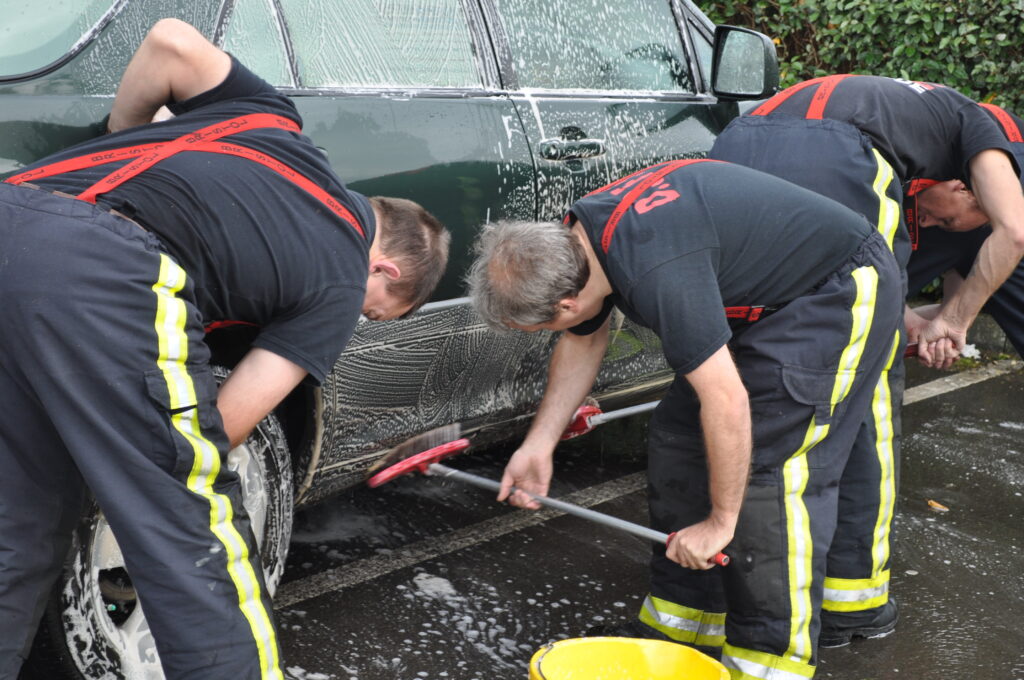
12. **Neglecting Regular Waxing or Sealant Application**Achieving a swirl-free finish isn’t just about how you wash; it’s also about what you do to protect it afterward. A significant, often overlooked mistake is “neglecting regular waxing or sealant application.” This protective layer is not merely for shine; it forms a crucial “sacrificial barrier” that defends your clear coat against minor abrasions, environmental fallout, and the very friction that causes swirl marks.
When your car leaves the manufacturer or a reputable dealer, it usually has “a high-quality wax coating.” This coating “helps protect the cars, enhance their shine, and hide imperfections.” However, this protection is not permanent. “Wax breaks down as a vehicle is driven,” exposed to UV rays, rain, and repeated washing. Without regular reapplication, your paint is left exposed and vulnerable, making it far more susceptible to damage from dirt, grime, and even gentle washing.
“Applying car scratches wax or a synthetic sealant is an easy and effective way to protect your paint.” These products create a slick, durable layer that makes it much harder for dirt to stick. This increased slickness also provides essential lubrication during subsequent washes, allowing your wash mitt to glide more smoothly and reducing the friction that leads to swirl marks. The wax or sealant acts as the first line of defense, taking the brunt of any abrasive contact.
For even more robust protection, “Ceramic Coatings” offer “the ultimate shield.” These advanced coatings “form a semi-permanent, hard layer over your clear coat that provides superior resistance to minor scratches, chemical etching, and UV rays.” Whether you opt for wax, sealant, or a ceramic coating, consistently replenishing this protective layer is paramount. It’s not just about aesthetics; it’s about establishing a “shield against future damage” and preserving your car’s flawless finish for years to come.
Read more about: Unlock the Secrets: 15 Essential Ways to Keep Your Luxury Car Looking Showroom New
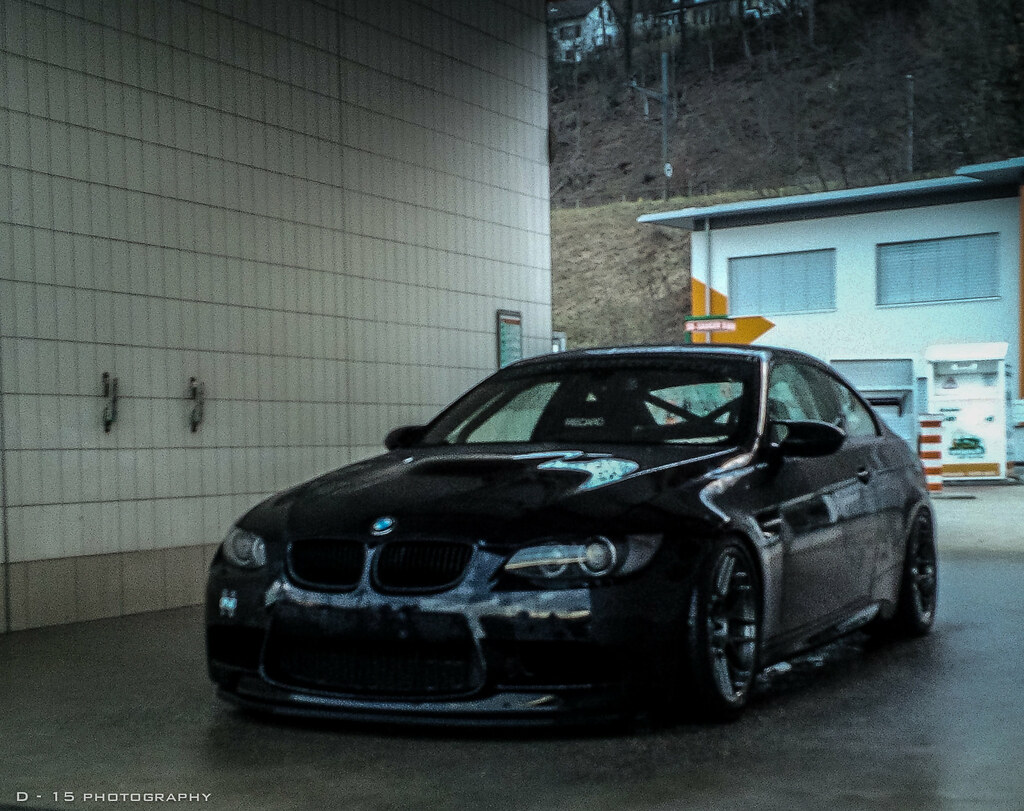
13. **Employing Circular Washing Motions**We’ve covered tools, products, and preparation, but even with all elements perfect, one simple, intuitive action can sabotage your efforts: “employing circular washing motions.” It’s an instinctive way to scrub, but it is precisely “a main cause of swirl marks” and one of the most common “improper washing techniques” that leave behind those dreaded imperfections.
The very name “swirl marks” hints at their origin. These “microscopic abrasions” are “often caused by circular washing motions.” When you move your wash mitt in circles, any dirt particles trapped on the mitt or still on the paint are dragged across the surface in a circular pattern. This motion creates the characteristic “swirl” appearance. This makes these fine scratches incredibly visible, especially when the sun hits your paint.
Professional detailers vehemently advocate for a different approach. The “Straight-Line Technique” is the gold standard. By moving your wash mitt in gentle, straight lines—either back and forth or up and down—you significantly minimize the chance of creating those visible circular patterns. Any minor scratches that occur with this technique will be straight, making them far less noticeable than concentric circles. This method ensures dirt is moved off the panel, not around it in damaging patterns.
Beyond the specific pattern, gentleness remains paramount. Regardless of whether you’re using straight lines or, inadvertently, circular motions, excessive pressure is always detrimental. Pair your straight-line technique with a light touch, allowing your high-quality wash mitt and pH-neutral shampoo to do the work. By retraining your muscle memory, you take a monumental step towards banishing swirl marks and achieving that coveted, deep, scratch-free shine.
Conclusion
We’ve journeyed through the many ways car washing can inadvertently diminish your vehicle’s luster. From initial pre-rinse to final protective layer, including external factors and inherent techniques, the path to a swirl-free finish is paved with awareness and precision. The good news is that “maintaining a flawless finish is not about trying to how to remove car scratches after the fact; it’s about a consistent, systematic approach to prevention.” You now hold the keys to transforming your car care routine.
By diligently avoiding these 13 common blunders, you’re not just preventing unsightly swirl marks; you’re preserving your investment and enhancing its aesthetic appeal. “The true secret to a beautiful car is in the details.” Each thoughtful step, every tool choice, and every mindful motion contributes to a vehicle that not only looks exceptional but also reflects your care. Go forth, armed with knowledge, and let your car shine its legendary best!


